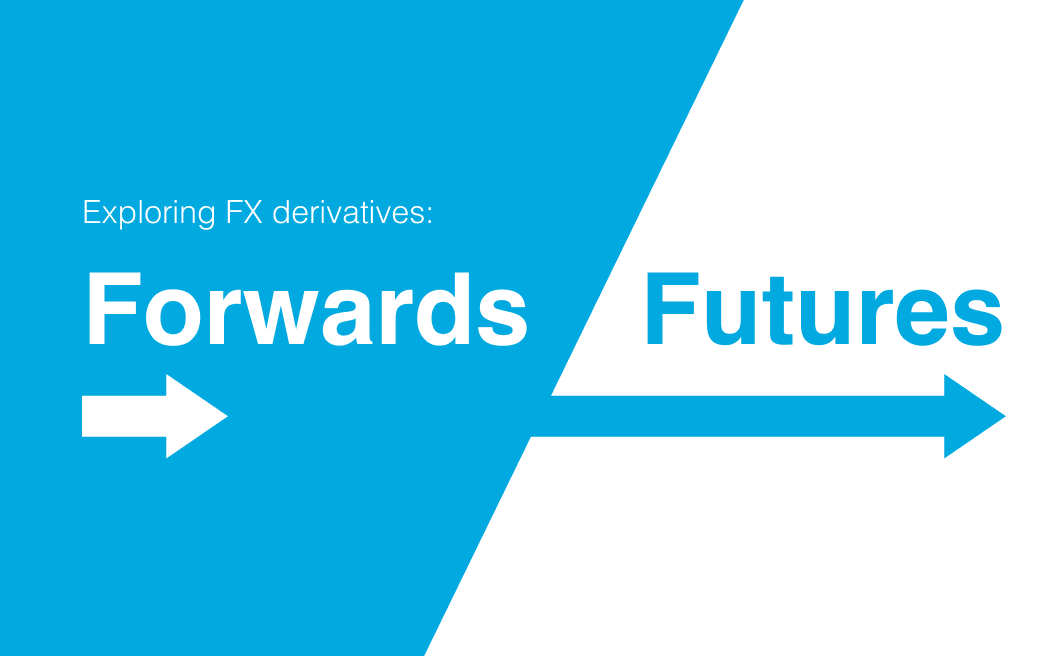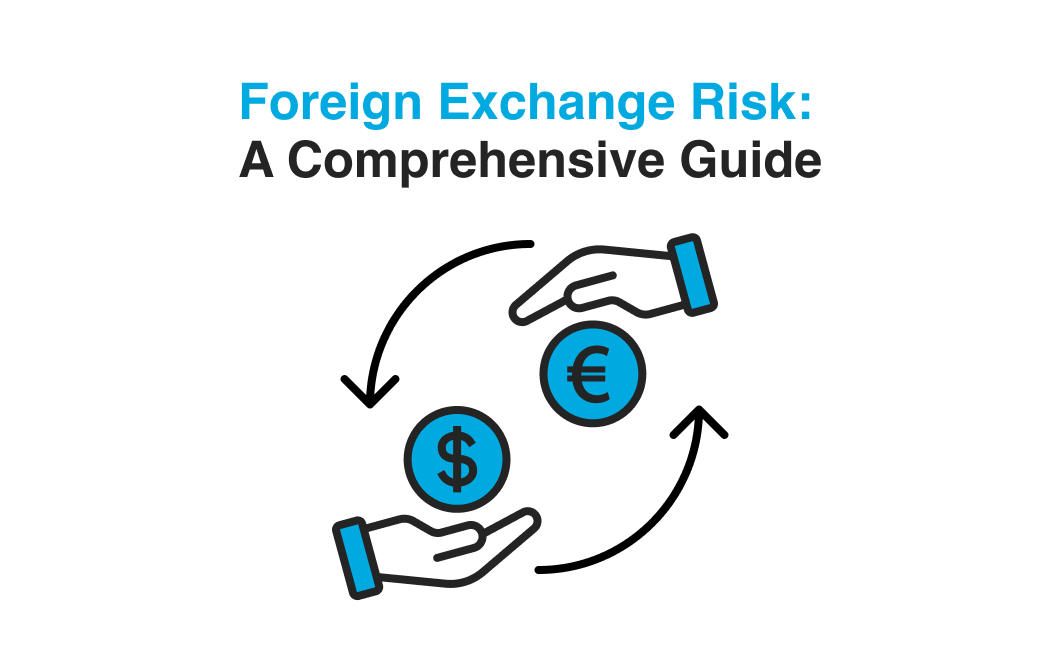Discover essential FX hedging strategies and currency management best practices from our foreign exchange experts.
FX Automation: The Undiscovered Key to Higher STP Rates?

As a former back-office worker in a major bank, I'm all too familiar with the importance that STP carries in financial operations circles. STP or straight through processing is one of the most accurate and robust metrics managers possess when it comes to measuring operational performance, and for a good reason.
The higher the STP rate (also referred to as the "Step rate" in North America), the lower the number of manual interventions required by workers. This increase correlates to lower operating risks and higher system performance. Working with these statistics, CFOs and other managers can better assess risks and headcount deployment. In turn, resources are freed to build value for the company all while keeping risk under control.
However, while many financial activities such as securities trading and payments are well understood and incorporated in many treasury management tools, managing FX remains a challenge for firms of all sizes. Indeed, according to Deloitte’s Continued Evolution 2016 Global Foreign Exchange Survey, 48% of all companies surveyed employ manual FX exposure identification and capture processes.
Out of this group, 36% of all respondents rely either wholly or principally on Microsoft Excel to ‘power' their FX management. Given these substantial percentages, it's no wonder that many firms struggle to implement a consistent, STP-based FX management and transaction policy. Let's explore possible reasons why this is the case.
FX and STP - Trying to Fit a Square Peg Into a Round Hole
Unlike with many other financial functions, FX management is still widely perceived as complicated and unclear. Given the nature of FX itself, this is hardly surprising. Where most financial products involve swapping cash for different assets/commodities/products, foreign exchange is essentially trading money for money.
Moreover, due to the various and complex factors involved in determining the price one currency has in relation to the other, many treasurers and other financial professionals become queasy when preparing a simple FX transaction. For firms whose profit margins depend on doing business across borders, currency management becomes significantly more arduous.
On top of instructing simple FX trades, Treasurers in these companies must also develop a hedging policy for projected and recorded sales. Additionally, they must properly manage any foreign-denominated accounts payables exposed to FX volatility. For businesses with high-volume accounts payables/receivables, the workload can be daunting.
From our perspective, failing to use the right technology to manage currency transactions propagates an FX policy defined by its high manual workload and overall lack of coherency. As a result, treasury workers have a very hard time keeping up culminating in employee burnout, missed opportunities and inadvertent overexposure to the FX market.
Automation And FX - The Gateway to STP in currency management?
Fortunately, managing high-volume FX management is becoming easier. Treasury and CFOs have long-relied on Treasury Management Systems (TMS) and Enterprise Resource Planning (ERP) software to manage company assets better. While these software suites cover the bulk of business needs, certain, industry or business-specific functionality is often left out or severely lacking usefulness.
[caption id="attachment_27431" align="alignright" width="454"]

For some people in the financial industry, STP isn't just a concept but a way of life #STP4LIFE[/caption]
Over the past decade, technological advancements have played a key role in expanding the treasurer’s toolkit. In addition to an overall product amelioration, financial technology (FinTech) firms have recently emerged on the scene to address these out-of-the-box shortcomings.
These specialist companies focus on one particular activity and provide enhanced and customisable service for everything from payment processing, liquidity management, and reconciliation to in-house banking needs and risk mitigation. Many of these programs can be plugged directly into TMS and ERP systems via an API. This extensibility allows companies to rapidly enhance their overall functionality with minimal cost or interruption and go for adequate to best-in-class software solutions.
For FX management, software-based solutions can radically improve STP rates. 3rd-party FX tools plugged directly into the TMS automatically detect any currency-related activity. Using a uniform FX policy the software instructs the appropriate - be it a simple exchange or a complex forward option –instantaneously protecting profit margins and future account payables.
For the Treasury worker, this new-found STP enhancement can potentially transform their workload. No longer relegated to chasing different departments, manually reconciling open FX exposures in endless spreadsheets and parsing together an incoherent strategy, they are instead empowered to monitor their firm’s currency activity as it happens - looking for anomalies and opportunities.
Indeed. Few tools help liberate and empower CFOs and heads of Treasuries more than proper FX automation; allowing them to make better strategic decisions. In turn, this means that s/he can quickly adapt to market changes should dictate – further protecting the books and enhancing competitiveness.
CFOs should never underestimate the power that Straight Through Processing can unleash. Writing in Treasury Management International, Patrick Coleman stated that "It is only in a hands-free STP environment that treasury management can feel fully secure that vital tasks have been performed in a timely fashion, and that decisions and management reports are based on fully reliable information." Concerning utilising automation to transform FX management, I couldn't agree more.
Wanting to gain deeper insights into how automation can improve your treasury's STP rate and free your team to focus on building value? Check out our guide on automation in the corporate treasury!










